
Contemporary in art, as anything else, is by definition of course different moment to moment. However, when we speak of Contemporary Art it is widely understood to be the collection of work currently of importance according to prevailing views. These do change over time so the definition of ‘Contemporary Art’ changes with it.

Innovation happens in two distinct ways. There is incremental change, small steps in a general direction and step change. Evolution and Revolution. Looking backwards revolutionary changes are easily apparent, at any moment in time identifying innovation is much more complex.
In art there are two forms of innovation. An artist can create a new and unique work which conforms to an existing norm. At the highest level however, although the work is new and unique it is essentially more of the same. Alternately they can seek to create an entirely different paradigm, one in which all their initial work will be regarded as pioneering, until a new norm is established.
With incremental change each progression tends to be more difficult than the previous ones for two reasons, firstly a tendency to do the easiest thing first and secondly the more that has been thought of the more difficult it is to think of something different or new.
So it is in the Art World. As any movement matures it becomes harder to find a way to produce original work in that paradigm. Artists feel the general nature of incremental change – small (although increasing) pain for small (and often decreasing) gain. The pace of change tends to slow and that slowing down together with the need for increasing investment can be expressed as the law of diminishing returns.
What it also means is that the rate of change in not linear. Whilst it may approximate to a continuous logarithmic (inverse exponential) function, in practice it tends to be a case of “same, same, same, same, increment, same, same, same.” So it is really a discontinuous function.
At the point, due to the increasing investment in time, effort, even money required and rising frustration with the diminishing returns, the alternative of seeking a step change, can become more attractive to those practitioners wishing to progress and innovate further rather than to conform and be confined by the underlying law.
Step change involves a complete re-engineering of a process or concept by going back to first principles and challenging the assumptions and decisions made at the time of creation. That can be valuable because since then new materials, techniques, or theoretical work may have emerged or availability and/or costs of them may have changed. Also in the intervening period attitudes, beliefs and societal norms may have evolved, which have in turn changed the desirability and acceptability of the original choices. However, in contrast to incremental improvement, step change is high risk. The greater gain generally comes with enormous pain to those trying to effect change.
The outcome of a successful step change can be either as the result of a paradigm shift or the cause of one. Where the shift has been external to the realm of the change agent (e.g. the gradual shift in societal norms) the innovator is merely the first to pick up on that change and see an application in their field. This, in part at least, mitigates their risk. Whilst they may experience some resistance, they can at least point to evidence to support their new perspective. Those who are seeking to make a step change ahead of the commonly held views face the greatest financial and reputational risk in furthering their revolutionary concept.
So, who takes on the search for a way to create a new paradigm or movement depends on both the creativity and risk appetite of the artist or group involved. Their success depends on both their resilience and the appetite for change of or contentment with existing paradigms in the commentators on and consumers of the output of their endeavours. A final thought, given that change is either incremental in diminishing and irregular small steps or via infrequent large steps, that means even change isn’t constant – it’s discontinuous.


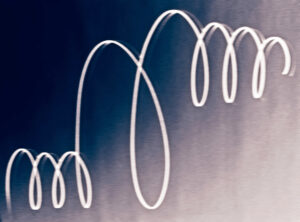
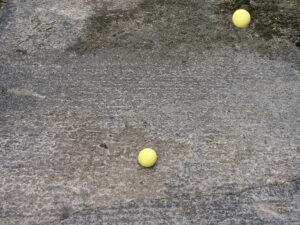


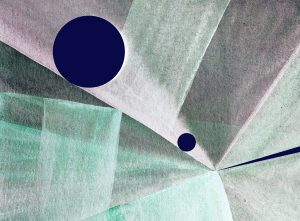
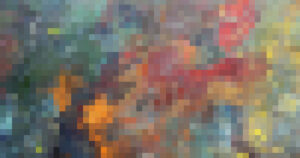
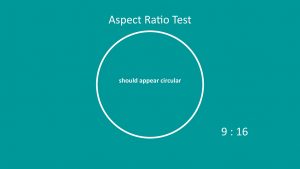
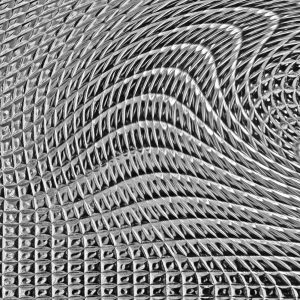

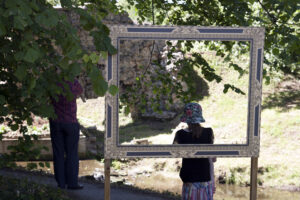

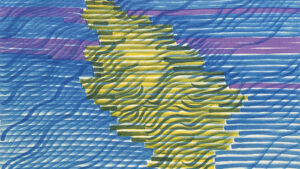
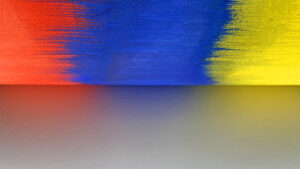
One thought on “Innovation in Contemporary Art”